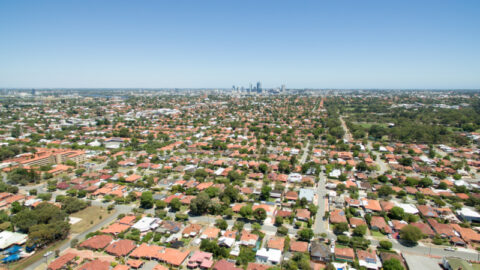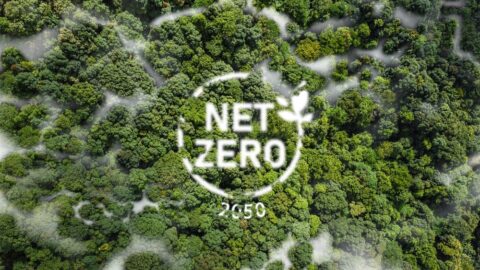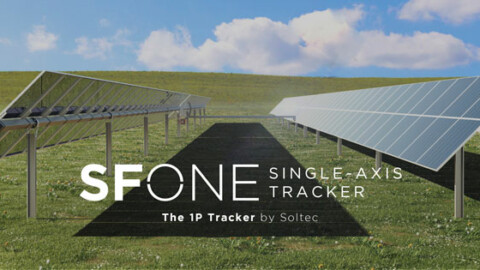The Energy Security Board’ (ESB) has released its latest Health of the National Electricity Market (NEM) report to the COAG Energy Council.
The report showed that within the NEM (which covers Queensland, NSW, ACT, Victoria, Tasmania and South Australia), there has been a remarkable growth in variable renewable energy generation.
In 2018-19, about 16 per cent of electricity consumed was generated by wind and solar PV, and this percentage is forecast to increase, driven by falling technology costs, government programs and consumer preferences.
By 2022, the proportion is forecast to be around 27 per cent and by 2030 above 40 per cent.
This size and pace of change places Australia in an international cohort that includes Ireland, California, Germany, Spain and Portugal.
Within the NEM, there are different phases of transition. Tasmania, with hydro and wind, is able to operate its system at close to 100 per cent renewables; South Australia operates with an output of around 53 per cent variable renewables; and other states in the NEM are currently in the 10-20 per cent zone of variable renewables output, but this proportion is growing rapidly.
What is uniquely Australian, is the high proportion of rooftop solar PV generated. This is now about 5 per cent of total NEM generation and by 2030 it is expected to be 10 per cent.
The Health of the NEM report assesses the NEM on the basis of six objectives. These are whether or not the NEM has:
- Affordable energy and satisfied customers
- A secure electricity and gas system
- Reliable and low emissions electricity and gas supply
- Effective development of open and competitive markets
- Efficient and timely investment in networks
Overall, the ESB reports that NEM performance is improved on the previous year.
An issue highlighted as a concern to the ESB is security for the system to operate with appropriate levels of frequency, voltage, inertia and system strength. Security is reported as a critical matter and without it the electricity system can fail in a major way.
AEMO has had to intervene in the market more than twice as much in 2019 as in 2018. Steps to address this issue focus on ensuring value is recognised for these services is well advanced.
The other issue rated as critical is reliability to ensure there is enough supply to meet demand. Reliability has improved since 2018, but supply is still very tight during summer peak demand in Victoria, NSW and SA.
The increased severity of weather events, especially over summer, coincides with an aging, and hence less dependable, coal generator fleet.
The report showed that affordability has improved slightly over the year for retail customers. The improvement was related to falls in average energy use as rooftop solar PV increased along with some energy efficiency. The decline in energy usage is most remarkable in Queensland and SA where the penetration of rooftop solar is high.
Retail margins declined modestly and wholesale costs fell as low-cost renewable generation increased. The introduction of the Default Market Offer and the Victorian Default Offer, along with various measures to help customers shop around, also assisted with the improvement in bills.
Looking forward, a downward trend in retail prices is noted. Over the period to 2021-22 a decrease in prices of 7.1 per cent (about $97) is expected. A decrease in wholesale prices is the main driver and this decrease is in turn driven by new low-cost renewable generation entering the system.
It is salutary that low income households are disproportionately affected by high energy costs. Energy is a high proportion of their expenses and the options for decreasing bills, such as energy efficient appliances and rooftop solar PV, are less available.
Investment in networks is underway. The Integrated System Plan (ISP) sets out transmission requirements over coming decades and notes various sites suitable for developing Renewable Energy Zones. Work on the immediate projects required is occurring.
These include:
- An upgrade of the Queensland-NSW interconnect
- Upgrade of the Victorian-NSW interconnect
- Investment in synchronous condensers in SA
- A north west Victoria interconnect
New renewable generators are experiencing some difficulties with network constraints emphasising the need for this work and the ongoing reconfiguration of the grid.
There are large transmission projects in the future and making this investment in a timely manner that is efficient and affordable will be a challenge.
The distribution networks are challenged by the rapid uptake of rooftop solar PV. These networks were not originally designed to manage dynamic two way flows from rooftop solar solar.
Networks are shifting to become platforms for service provision rather than dumb one way electricity flow carriers.
The ESB also noted that governance in the industry has improved. The Finkel Review recommendations are well on the way to being completed and the market bodies are working together in a more coordinated manner.
The ESB has been in existence for three years, as suggested by the Finkel Review, and an independent review for COAG Economic Council is underway and timely.















